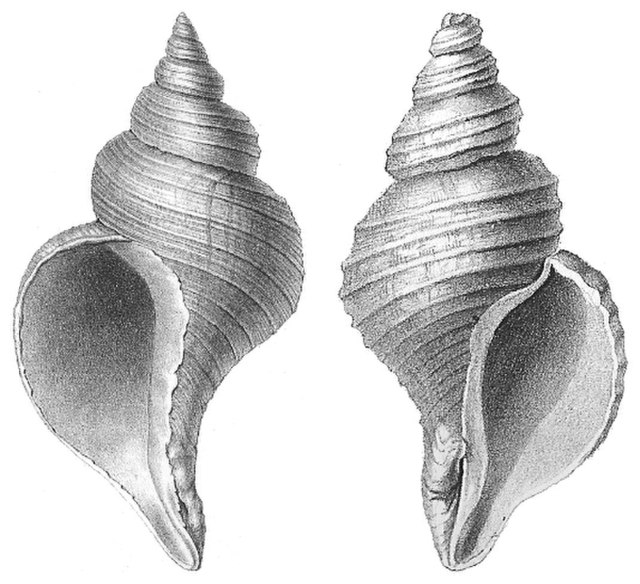The siphonal canal is an anatomical feature of the shells of certain groups of sea snails within the clade Neogastropoda. Some sea marine gastropods have a soft tubular anterior extension of the mantle called a siphon through which water is drawn into the mantle cavity and over the gill and which serves as a chemoreceptor to locate food. Siphonal canals allow for active transport of water to sensory organs inside the shell. Organisms without siphonal canals in their shells rely on passive or diffuse transport or water into their shell. Those with siphonal canals have a direct inhalant stream of water that interacts with sensory organs to detect concentration and direction of a stimulus, such as food or mates. In certain groups of carnivorous snails, where the siphon is particularly long, the structure of the shell has been modified in order to house and protect the soft structure of the siphon. Thus the siphonal canal is a semi-tubular extension of the aperture of the shell through which the siphon is extended when the animal is active.

A shell of Penion cuvieranus cuvieranus, with the long siphonal canal visible extending toward the bottom of the image, at the anterior end of the shell.
The gastropod shell is part of the body of a gastropod or snail, a kind of mollusc. The shell is an exoskeleton, which protects from predators, mechanical damage, and dehydration, but also serves for muscle attachment and calcium storage. Some gastropods appear shell-less (slugs) but may have a remnant within the mantle, or in some cases the shell is reduced such that the body cannot be retracted within it (semi-slug). Some snails also possess an operculum that seals the opening of the shell, known as the aperture, which provides further protection. The study of mollusc shells is known as conchology. The biological study of gastropods, and other molluscs in general, is malacology. Shell morphology terms vary by species group.
Shells of two different species of sea snail: on the left is the normally sinistral (left-handed) shell of Neptunea angulata, on the right is the normally dextral (right-handed) shell of Neptunea despecta
The shell of a large land snail (probably Helix pomatia) with parts broken off to show the interior structure. 1 – umbilicus 2 – columellar plait 3 – aperture 4 – columella 5 – suture 6 – body whorl 7 – apex
Four views of a shell of Arianta arbustorum: Apertural view (top left), lateral view (top right), apical view (bottom left), and umbilical view (bottom right).
The left-handed turrid (Antiplanes vinosa)





